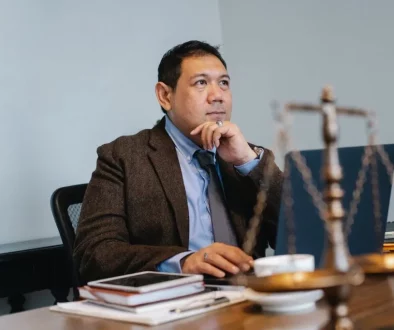Document Fraud: Risks, Hazards, and Detection in the Modern Era
Document Fraud, Since the late Middle Ages, documents have been one of the most convenient ways to identify a person. Documents like identity cards, passports, and driving licenses are considered critical parts of economic, political, and social life. Criminals and fraudsters have realized the importance of these documents from the beginning of their implementation. They understood that using forged documents could provide them with numerous benefits, including the ability to remain anonymous and cross borders. They used fake documents for identity proof to breach the security system. Usage of fake travel and identity documents is known as “document fraud.”
Table of Contents
Document Fraud Then VS Now
According to a survey, document fraud costs £3.2 trillion in global economies per year and is increasing every day. They are as old as the alphabet. This crime has been committed since ancient times in almost every country where writing and paper were used for financial agreements. The laws against forgery can be traced back to 80 BC when the Romans banned fake documents for transferring assets to successors. Every developed country gradually passed laws prohibiting forgeries, but some of the highly skilled forgers were difficult to identify.
Today, document fraud has also been modernized with the development of technology. Fraudsters are using new tools for committing forgery in original documents. They are implementing AI-powered methods to make fake passports, currency notes, identity cards, and driving licenses. The accuracy of their forged documents is so high that it is difficult to identify them with traditional methods. There is a need for a more efficient method for the authentication of documents.
Common Types of Document Frauds
Document fraud can take place in several ways. It can also occur across many document types, from receipts and invoices to identity documents and contracts. The most popular types of fraud are mentioned below:
Identity Fraud
Forging and using someone’s identity documents for legal activities like money laundering, terrorist funding, and corruption is considered identity fraud. The victim is frequently unaware of the fraud until after it has happened. The crime is only discovered after the company or victim has suffered financial losses.
Invoice Fraud
A common cause of invoice fraud occurs when someone contacts the firm and pretends to be a supplier. On 9 out of 10 occasions, fraud activists make false invoices based on their relationship knowledge between the supplier and buyer. Afterward, they request that the bank account be changed to trick the firm into transferring funds to the account of the fraudster. No one is safe from this scam, as in 2020, Amazon paid $19 million for products they never purchased.
Effect of Document Frauds on Business
If a person forges business documents pertaining to the company’s accounts or financial aspects, they can defraud the company. They can also acquire bonds, sensitive information, securities, or even contracts. The legal implications of these changes could result in a lawsuit requiring repayment and additional damages based on the actual amount. These crimes frequently escalate from the state to the federal level. The person responsible for this type of forgery may face federal charges and imprisonment. KYC verification is also used for this purpose.
How to Detect Document Frauds
Detecting fraudulent documents necessitates the use of advanced technology as well as human expertise. Technologies have evolved so quickly over the years with the rise of AI (Artificial Intelligence) and DL (Deep Learning) for detecting document frauds. This is necessary because fraudsters are becoming more skilled at manipulating information. They are also hiding their changes through the use of deep fake and graphics processing techniques.
Image analysis can detect forgery signs that are frequently overlooked. Identity verification can assist in lowering the risk of fraud. Moreover, combining identity verification with a cross-check of other databases to determine whether the document was stolen or lost can be effective. Simultaneously, human operators should keep themselves updated on recent technological advancements and security trends.
Conclusion
Using the identity of someone else to ththateceive and getial or other benefits is known as document fraud. The existence of this fraud is as old as the language. Ancient Romans used to forge written documents while transferring the land to heirs. However, as technology has developed, so too have the techniques for document fraud. Today, fraudsters can easily create a fake identity card, passport, or even a driving license. These forged documents can be used anywhere for any illegal activity. So, there is a need for AI-powered new methods to detect forged documents. Identity verification and image analysis are examples of methods used for detecting document fraud.



